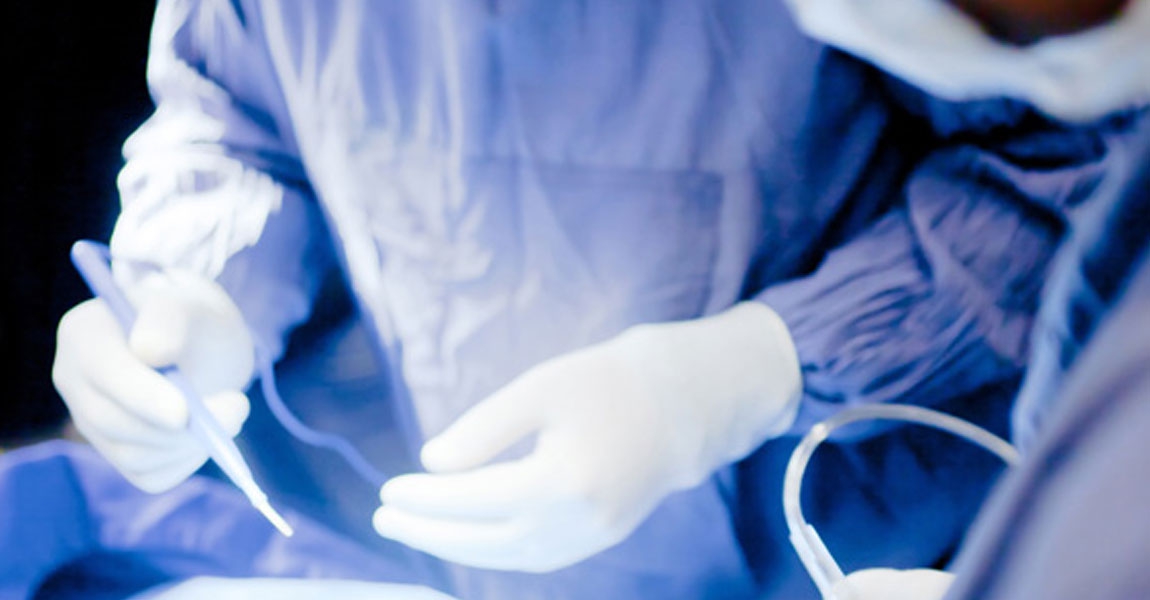
Slip me some giggle juice!
Home > Health Info > Health Articles

The advances in surgery in the past 150 years have come, not through surgical technique, but on anesthetics. Sure, there have been enormous strides in the ‘art’ of surgery, such as the sleeve gastrectomy done here as a minimally invasive procedure (keyhole surgery), but the surgical advances could not have been done without the prior advances in anesthetic procedures. Without them, brawny assistants would still be holding patients down while surgeons attacked with scalpels and saws and the patient lay there screaming or biting on a bullet.
Up to around the Crimean War 150 years ago, the best surgeons were the quickest surgeons. The incredible searing pain only had to be endured for a shorter time. One famous surgeon, Dr. Pott, was able to disarticulate an ankle and dip the soggy end of the lower leg into boiling pitch to seal the bleeders, all in 15 seconds. Yes, we have improved a little since then.
The first anesthetic agent was ether, dribbled on to a mask to knock the patient out and allow the surgeon to take his time and become meticulous in his approach, and the first public demonstration of ether anesthesia took place on 16 October 1846, at Massachusetts General Hospital in Boston. While there have been enormous advances since then, I can remember being a medical student and assisting at an operation in outback Australia in 1964. The anesthetic was ether, dribbled on to the patient’s gauze mask by the matron of the public hospital, and it was a Caesarian section for twins. There was no air-conditioning and it was 43 degrees in the theatre, where the fumes were making us all woozy. Amazingly everyone survived the ordeal, mother, twin sons, the local doctor, the matron and me.
The next major advance was local anesthesia – cocaine – in 1877. Things definitely did go better with ‘coke’! Then came local infiltration, nerve blocks and then spinal and epidural anesthesia which is still used today, especially in obstetric anesthesia, where the mother can be anaesthetized, without the baby being affected as well.
The next important innovation was to control the airways with the use of tubes placed into the trachea. This permitted control of breathing and then came the introduction of intravenous induction agents. After that came the introduction of muscle relaxants, firstly with curare (the South American Indian poison, but not administered by native blowpipe) and then agents less dangerous.
According to Dr David Wilkinson of the Association of Anesthetists of Great Britain and Ireland, “Anesthesia is now very safe, with mortality of less than 1 in 250,000 directly related to anesthesia. Nevertheless, with today’s sophisticated monitoring systems and a greater understanding of bodily functions, the anesthetic profession will continue to strive for improvement over the next 150 years.”
At my hospital, we agree with his sentiments.

Share :




